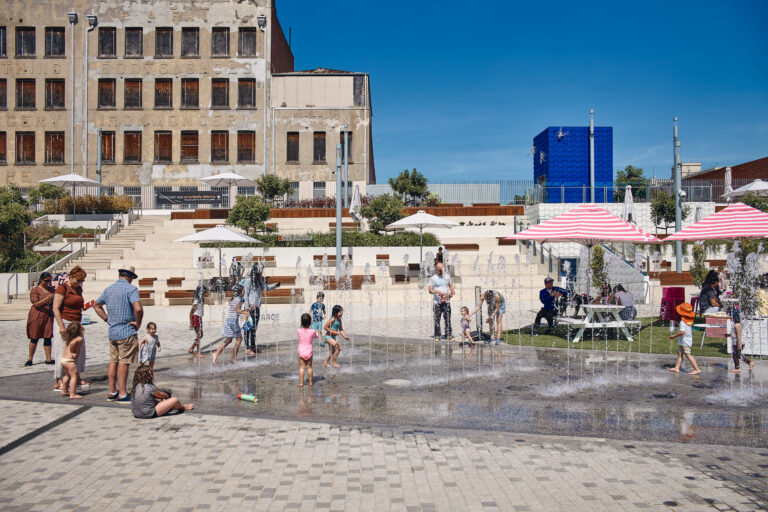The research we uncovered was instrumental in adapting the Lyons Parental Leave Policy to include four main pillars:
- Support to Primary Carers
Evidence highlighted that over 95% of primary carers in Australia are women. In tandem, women in Australia retire with an average of 38.8% less superannuation than men. Major contributors to this gap include interruptions to superannuation payments during primary carer leave (Australian Government, 2019).
In response to this, Lyons now offers 16 weeks of paid primary carer leave, 12 months of superannuation payments, and further incentivises primary carers to return to their careers through an individually tailored return to work programme. This includes paid ‘Keep-In-Touch’ days to maintain and develop employees’ skills and keep parents connected with the studio on mutual terms, while reducing isolation. Further workplace flexibility initiatives have been introduced and we have plans to add a comfortable parent room to our office to offer dignity and privacy in tending to a baby’s needs.
- Support to Secondary Carers
Our research revealed that secondary carers with higher involvement in childcare have improved well-being and an increased commitment to family (Helen Norman, 2018). Additionally, organisations report better recruitment, retention, and promotion rates when secondary carers take parental leave—leading to stronger performance and productivity outputs (Porter, 2015).
As a result, Lyons now offers secondary carers 4 weeks of paid leave, which can be taken at any time over an 18 month period. By extending when this leave can be taken, we aim to enable secondary carers to support their partner in their eventual return to work, thereby encouraging the continuing careers of our staff’s family members.
- Special Paid Leave
In examining the age at which tertiary-educated women typically become first-time parents, we learned that 46% of women in Australia give birth for the first time between the ages of 30-39. Additionally, tertiary-educated people are more likely to become parents later in life than those who have a lower level of education (Livingston, 2015).
Furthermore, the risk of miscarriage increases significantly for females over 35 (Maria C Magnus, 2019), and in recognition of the possibility that this could affect our staff, we provide 2 weeks of paid special parental leave, available to all staff, whether they are the intended primary or secondary carer, in the event that a pregnancy doesn’t come to term.
- Fertility Treatment Leave
The average age of a woman receiving IVF treatment is 36 years old (Maria C Magnus, 2019). “Part of the new Parental Leave scheme special to Lyons is pre-baby care,” says Van Hoang, Lyons Architectural Graduate and mother. “Navigating IVF, going to many medical appointments for years on end, before and during pregnancy means some time has to be taken out of work. It’s important to acknowledge that this is what happens to people, and that we’re there to support them.”
We now offer 5 days of paid leave per round of IVF, whether you are the person receiving fertility treatment or the supporting partner.



